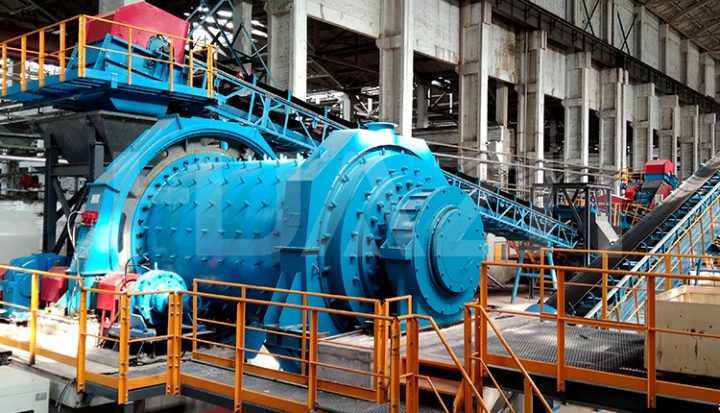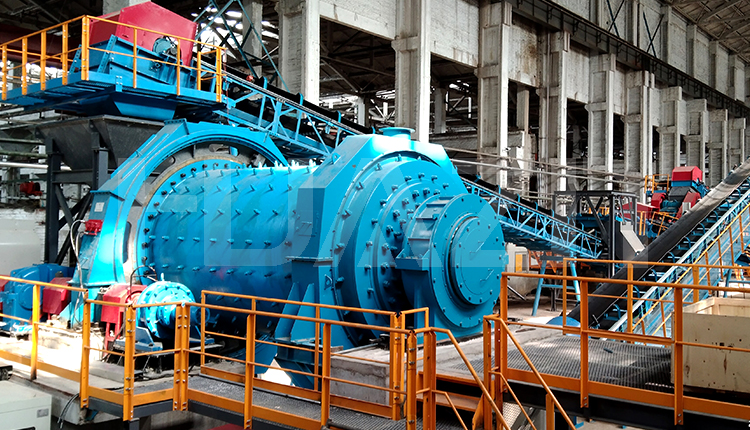Rod mills are essential grinding equipment widely used in mineral processing, cement, and chemical industries. They are designed to grind ores, coal, and other materials into fine particles using steel rods as the grinding media. Unlike ball mills, rod mills utilize long cylindrical rods to achieve a more selective and uniform grind with fewer fines.

Rod mills are categorized into two main types:
Conventional Rod Mills – Used for coarse grinding in mineral processing.
Sand Rod Mills – Specialized for producing fine particles, often used in sand manufacturing and glass industries.
Working Principle of Rod Mill
The electromotor drives the cylinder to rotate through reduction gear. Under the friction force and centrifugal force the crushed ores inside the cylinder and the steel rod are lifted to a certain height by the lining plate and fall down. The ores are gradually crushed by impacting and grinding, and finally are discharged from the cylinder.

Advantages of Rod Mill
Produces a more uniform particle size with less slime (ultra-fine particles).
Efficient for coarse grinding (product size typically between 1 mm to 3 mm).
Lower energy consumption compared to ball mills for certain materials.
The layout of equipment can be customized according to the demands of users and non-standard design and manufacture is also acceptable.

Rod mills play a crucial role in grinding operations, offering efficient size reduction with controlled particle distribution. When choose the rod mill, the users should consider the detail situation, like processed material, feeding size, production capacity, investment budget, and other factors. Please contact Luoyang Dahua Online Service at any time.

